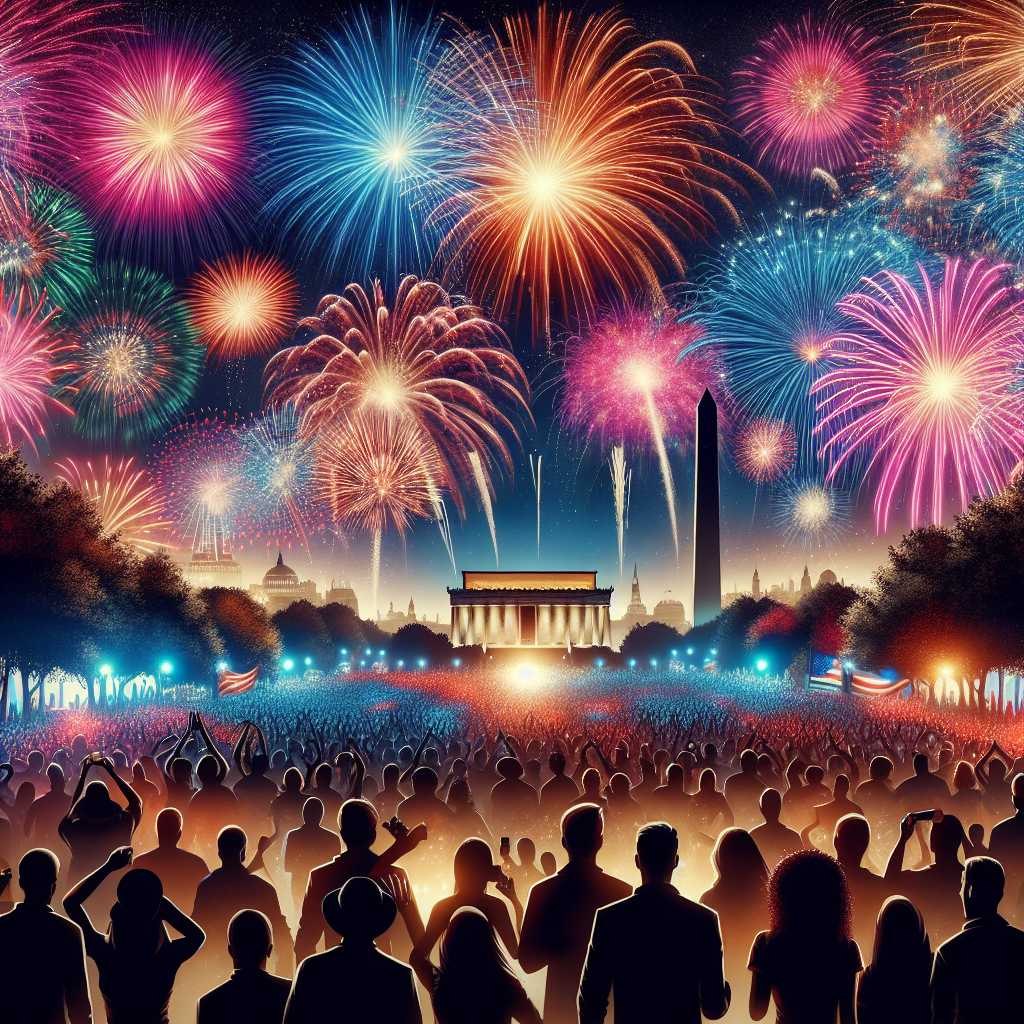Celebrating Independence: The Significance of July 4th in the United States
July 4th, colloquially known as the Fourth of July, is a renowned holiday in the United States commemorating the signing of the Declaration of Independence in 1776. This pivotal document marked the country’s formal separation from Great Britain and laid the foundation for its future as a sovereign nation. The Fourth of July is thus an embodiment of American democracy, liberty, and national pride. Each year, Americans across the nation celebrate their independence through firework displays, parades, family gatherings, and a variety of ceremonial events reflective of both historical significance and contemporary culture.
Historical Context: The Road to Independence
On July 2nd, 1776, the Second Continental Congress voted to approve a resolution of independence that declared the United States independent from Great Britain’s rule. Two days later, on July 4th, 1776, the Congress approved the final wording of the Declaration of Independence, which was drafted by a committee that included such figures as Thomas Jefferson, John Adams, and Benjamin Franklin. Though it was not signed by all delegates until later in August, July 4th was nonetheless adopted as the day that represents America’s legal separation from British governance.
Traditions and Celebrations: Expressions of Patriotism
Every year, Americans observe July 4th with a blend of traditions that honor the nation’s history and embrace collective revelry.
Firework Displays: Lighting Up the Night Sky
Fireworks have been an integral part of Independence Day celebrations from as early as the first anniversary of the holiday. These displays often accompany grand finales bursting in synchronization with classic patriotic tunes like “The Star-Spangled Banner” and “God Bless America.” Major cities across the country compete to host memorable shows that draw vast crowds and foster a spirit of national unity.
Parades: Marching with Pride
Parades on July 4th are cornerstones in many municipalities, with everything from small-town processions to major metropolitan festivities. These parades feature colorful floats, marching bands, military detachments, and representations from various civic groups. For many participants and onlookers alike, they represent a time to showcase one’s pride in America’s cultural riches and cherished freedoms.
Family and Community Gatherings: The Fabric of Societal Bonding
Barbecues and picnics are widespread during this holiday as family and friends convene to enjoy food and companionship. Outdoor activities such as baseball games, concerts, and beach outings frequently serve as focal points for community togetherness. Such episodes play a crucial role in society’s bonding experience on this joyous occasion.
Historical Reenactments: Keeping History Alive
Some places opt for a more historical approach by staging reenactments of Revolutionary War events or readings of the Declaration of Independence. Institutions such as museums and visitor centers often host special exhibitions about America’s fight for freedom, educating new generations about national heritage.
National Impact: Unifying Themes Across Diverse Perspectives
The Fourth of July serves both as a reminder of American history’s triumphs and struggles, as well as an opportunity for reflection on how those historical moments have forged today’s societal landscapes. This particular day stimulates discourse on diversity, political ideologies, civic responsibilities, and future aspirations, permitting Americans to find common ground despite their manifold backgrounds.
